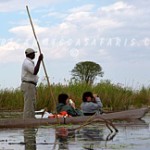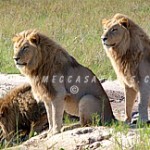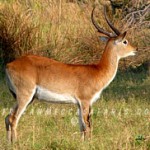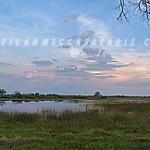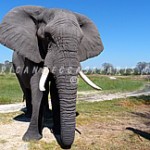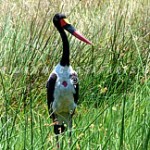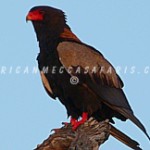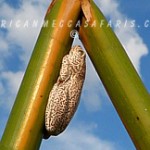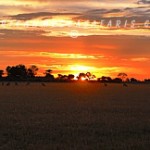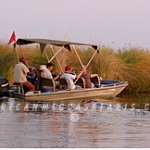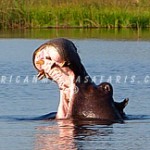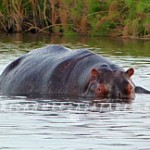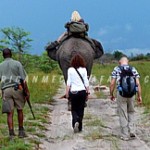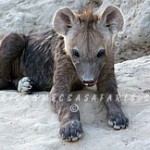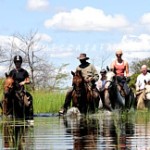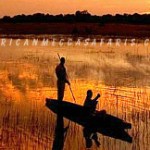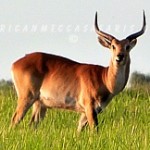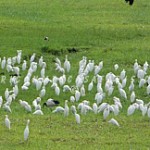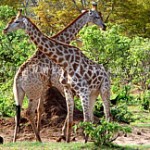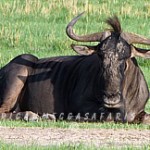Understand Safari Tier Ratings & Experiences In Botswana | Why Visit Botswana For Your Safari Vacation Or Holidays In Africa
BOTSWANA HISTORY & CULTURE
The San and Khoe Bushmen (Basarwa) were the first known inhabitants of the area now called Botswana. Their nomadic hunter-gatherer way of life has remained almost the same since the Middle Stone Age, approximately 30000 years ago. Their people left thousands of ancient rock paintings at different sites in the Tsodillo Hills. Subsequently, by the 1st and 2nd century AD, pastoral and agricultural Bantu communities arrived from the east and northwest. Large chiefdoms started to form and large settlements were constructed on hilltops by people called the Toutswe. These communities were then overshadowed by the coming of the Empire in Zimbabwe which influenced a large area of eastern Botswana.
The first Setswana-speaking tribe, the Bakgalagadi came around the 14th century, together with two other main groups – the Batswana and the Basotho. Each group formed small communities, dotting wide tracts of land and shared similar dialects and other cultural aspects. With fertile lands in abundance, the different tribes lived among each other peacefully until the early 19th century with the onset of the devastating Difaqane wars. At this time, most of the fertile lands were already occupied by one group or another, banditry was common in the east and the slave trade prompted tribal leaders to attack other tribes to capture and sell their people as slaves. As a result, Bantu-speaking peoples including the Zulus and Xhosas joined together to create larger groups with enough power to counter these adversarial external forces. In 1816, Shaka became Zulu chief by force and made other smaller tribes join his cause for war, historically known as the Difaqane Wars. Mzilikazi, a captain of Zulu chief Shaka, separated to lead a Zulu force northwards, thus forcing the local people to scatter and move into more arid lands.
As the displaced people, numbering around a hundred thousand moved northwest, they destroyed and plundered others they encountered in their forced migration. As the Difaqane wars ended, tribes began the slow process of societal reconstruction. To further this goal, tribal chiefs exchanged ivory and skins for guns with European, Griqua and Rolong traders.
Regional conflicts greatly escalated from around 1836 when the Boer Trekkers, escaping British rule, began to arrive and ousted other groups. The nineteenth century also saw American and European missionaries beginning to spread Christianity throughout the world. In the 1840s, British missionaries David Livingstone and Robert Moffat established stations in Botswana. Moffat translated the Bible into Setswana while Livingstone worked out of Kuruman for about two years. From Kuruman, Christianity spread slowly to the interior and eventually became the predominant religion in Botswana with over 60% of the population adhering to the faith in contemporary times. Missionaries’ presence was encouraged by chiefs who wanted guns because settlements with missionaries attracted traders. By 1880, a missionary resided in every major village in Botswana, and exerted their own influence on tribal cultures. Chiefs’ reactions varied – with Khama of the Bangwato who earnestly converted to the Christian faith; in contrast with Sekgoma Letsholathebe of the Batawana who rejected the faith in favour of his culture. The belief in Modimo as creator and Supreme Being was a primary cult in Botswana.
Armed conflicts soon rose between the Batswana and Boers settlers and the Batswana asked the British Government for assistance. In 1885, the British formed the Bechuanaland Protectorate to give the Batswana security. In 1909, inhabitants of the Bechuanaland Protectorate, Basutoland (modern Lesotho) and Swaziland asked for and received British backing to retain their independence from the proposed Union of South Africa. The northern portion of the protectorate became modern Botswana while the southern portion became part of South Africa. In 1964, Britain accepted proposals for an independent, democratic government in Botswana. This process lead to the 1965 constitution, and paved the way for the first general elections and independence in 1966. One of the leaders of the independence movement and traditional ruler of the Bamangwato, Seretse Khama became Botswana’s first president and was re-elected twice before he died in office in 1980.

